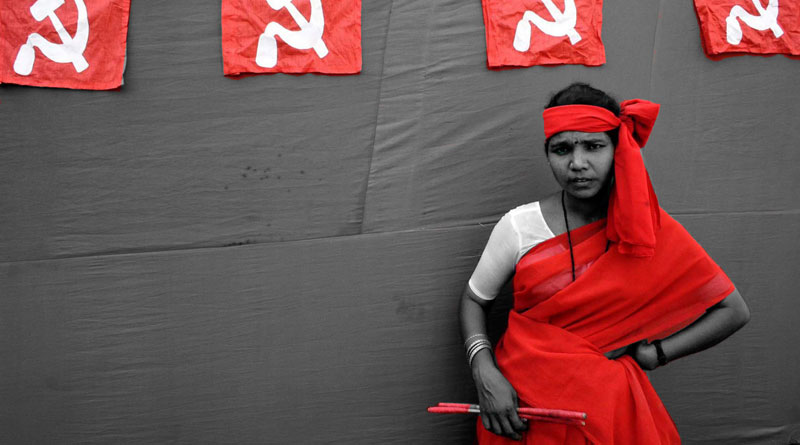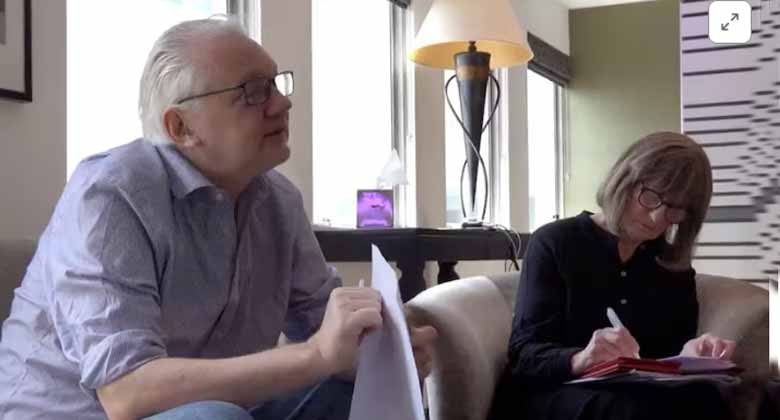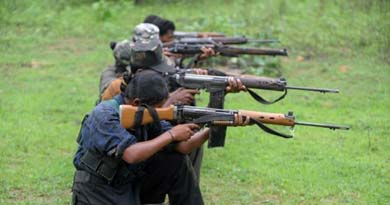Wikileaks’s Assange leaked the secret of Chhattisgarh and Maoists
Raipur | Correspondent: Wikileaks founder Julian Assange released today after being in a British prison for almost five years. Julian Assange has been released after reaching an agreement with the US administration. 52-year-old Assange was accused of stealing and making public documents related to national security.
WikiLeaks reported early Tuesday morning British time that “Julian Assange is free” and had left the country. He is scheduled to appear Wednesday morning local time in the US territory.
Twelve years ago, WikiLeaks caused a worldwide stir by publishing The Global Intelligence Files, more than five million emails from Stratfor, the Texas-headquartered “global intelligence” company in the US.
These documents also contained information related to Chhattisgarh. From documents of Maoists of Bastar to records of conversations related to the strategy of this intelligence agency, all were made public.
The Wiki Leaks
On Monday February 27th, 2012, WikiLeaks began publishing The Global Intelligence Files, over five million e-mails from the Texas headquartered “global intelligence” company Stratfor. The e-mails date between July 2004 and late December 2011.
They reveal the inner workings of a company that fronts as an intelligence publisher, but provides confidential intelligence services to large corporations, such as Bhopal’s Dow Chemical Co., Lockheed Martin, Northrop Grumman, Raytheon and government agencies, including the US Department of Homeland Security, the US Marines and the US Defence Intelligence Agency.
The emails show Stratfor’s web of informers, pay-off structure, payment laundering techniques and psychological methods.
Documents related to Chhattisgarh
The documents made public by Wikileaks contained many small details related to Chhattisgarh and Bastar, in which the US intelligence agency was interested.
A document dated 21 October 2011 is related to the killing of 6 police personals in Bastar, Chhattisgarh, while a detailed document dated 13 January 2010 is related to “why social organizations and NGOs believe that the violent conflict going on in Chhattisgarh can be stopped only through human development.”
A July 6, 2011 document is linked to a report stating “The government of the central Indian state of Chhattisgarh began disarming up to 4,500 members of an anti-Maoist civilian militia Wednesday, a day after the Supreme Court ruled them unconstitutional, news reports said.”
Debate on Maoists and Lashkar
A document is attached to the statement of the then Chhattisgarh DGP on November 10, 2010-“Lashkar operatives attended Maoist meet: Chhattisgarh police chief”

There is a comment in the conversation about this statement-“We need to move away from looking at this in a mutually exclusive framework. In other words, it is not that either they are fabrications or the reports are true. Reality is always somewhere in between. I can see the ISI and/or Islamist militants exploring the option of working with the Naxals and hence the meetings. But that doesn’t mean that we have a cooperative relationship. The Indians must have picked up on these communications and are now alleging ties.”
In reply to this it was written-“Was just talking to Jaclyn. She’s doing research on this right now and just said that there are a number of different local officials and agencies reporting meetings/interaction between naxalites and islamist groups. The more reports we have of this from different sources linking the naxalites to different groups in different ways, the more I believe them. True, there are lots of people in India who want to link naxalites to islamist groups to make them more evil, but I’m not sure the Indians are able to coordinate across local police agencies to fabricate reports about naxalites meeting with islamists. That’s getting pretty conspiratorial. I think it’s very likely that these reports might be embellished or trumped up, but I think there’s a certain amount of truth to these.
Jaclyn, could you send out the examples of specific cases on this so we can see what we’re working with?”
In response to this it was said–“Key question is how could we verify? Even this report is qualfying in saying it comes from a single source. We would need to be careful with reports like this given the Indian interest to villify pak as much as possible to hold the US attention”
These documents also include an interview of Maoist leader Kishanji, in which Kishanji had said – “‘I am the real Desh Bhakt'”
BJP government and Congress claim

A 2008 document is titled- ‘CHHATTISGARH ELECTIONS: BJP CONFIDENT OF FORMING GOVERNMENT, CONGRESS SAYS ARITHMETIC IS ON ITS SIDE’
It is recorded in the document that-“The Indian state of Chhattisgarh went to the polls on November 14 and 20. The ruling Bharatiya Janata Party (BJP) has made wholesale changes to its roster, throwing out a majority of its sitting legislators to avoid anti-incumbency. It has high-lighted its anti-Maoist security policies and offered rice at give away prices to its poorest citizens. The Congress hopes to gain from anti-incumbency and concern about corruption, and aims to woo back tribal voters from the BJP. ”
The document further states that-“In the outgoing state assembly of 90 seats in Chhattisgarh, the BJP holds 50 seats, the Congress 37, the Nationalist Congress Party (NCP) 1, and the Bahujan Samaj Party 1. (One seat is vacant.) Chhattisgarh has a significant scheduled caste(SC/Dalit) and tribal (ST) population, and large numbers of assembly seats are reserved for these disadvantaged communities. Thirty-nine of Chhattisgarh’s 90 seats are reserved for SC/ST candidates (SC – 10, ST – 29). As elsewhere, the main electoral issues in the state are development, security, and anti-incumbency, though Chhattisgarh’s faces these challenges in unique ways. “




